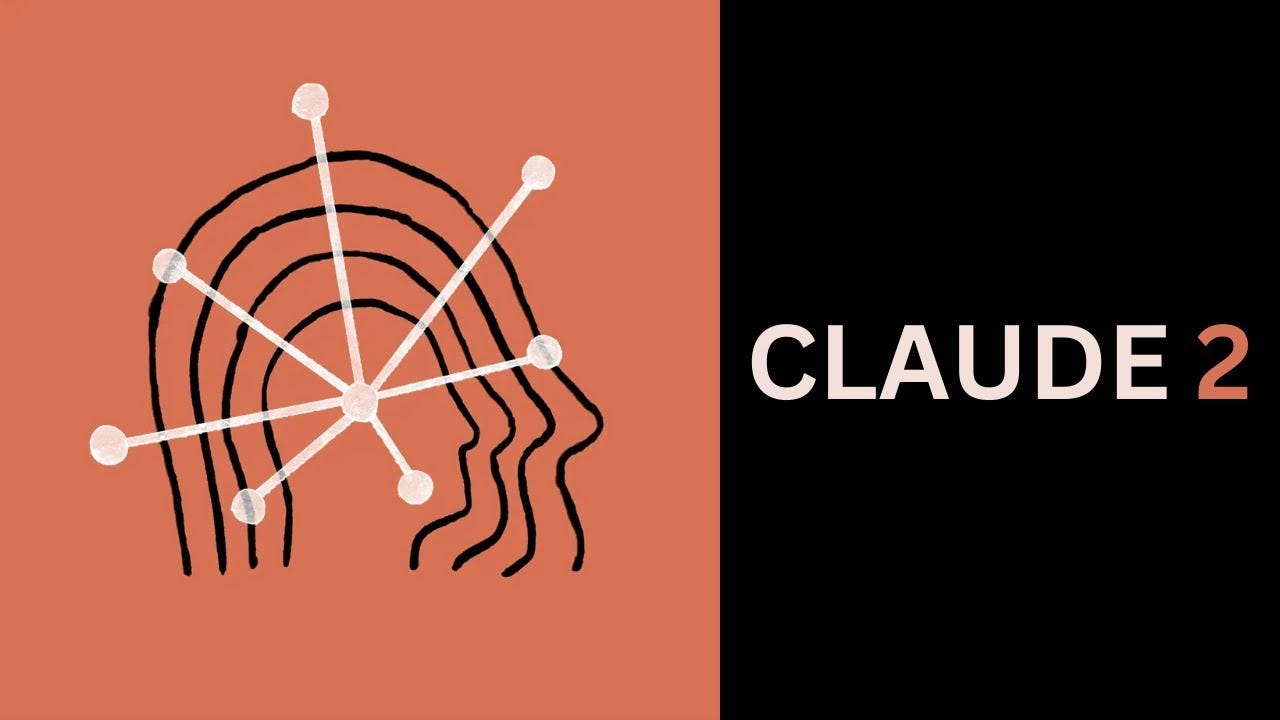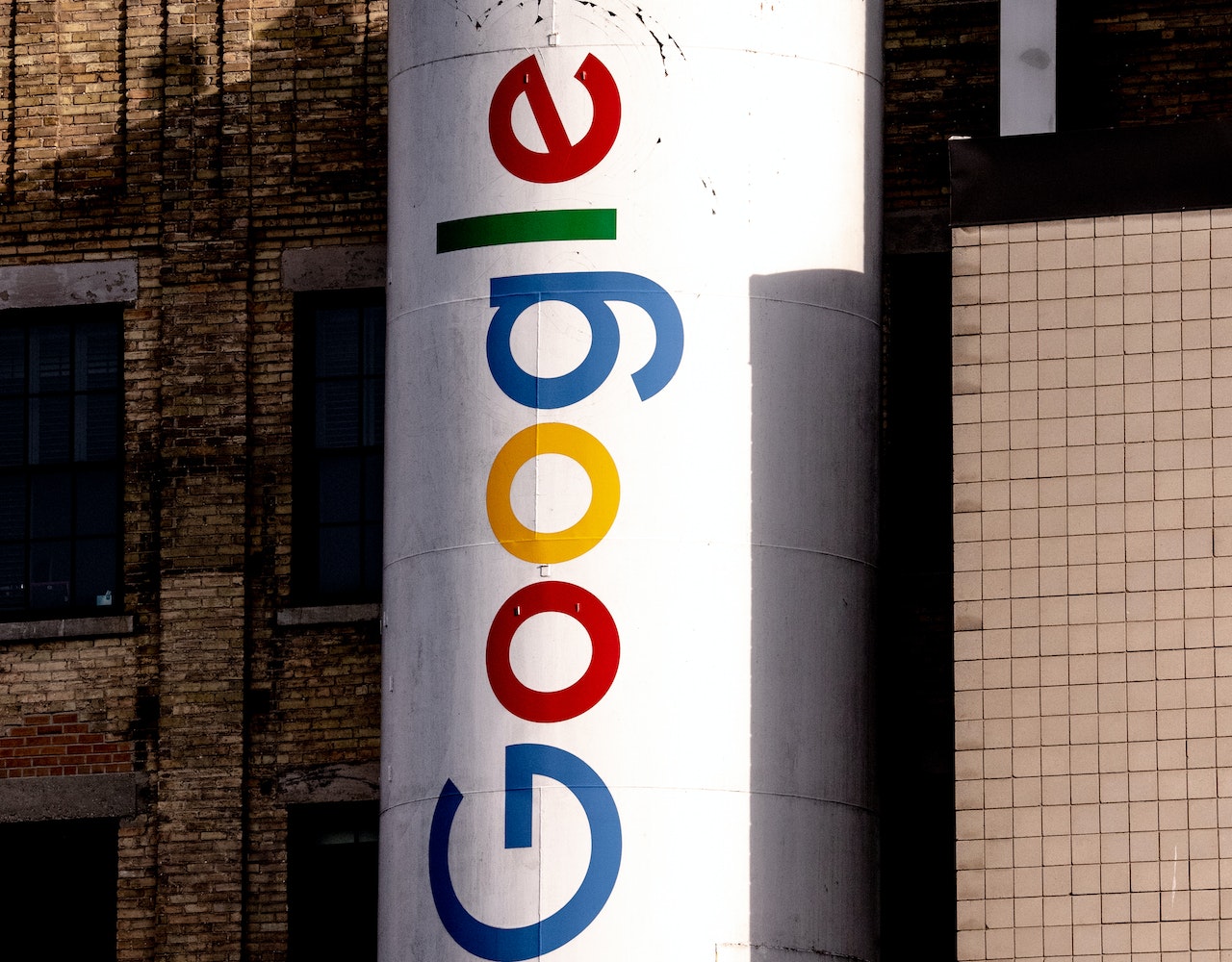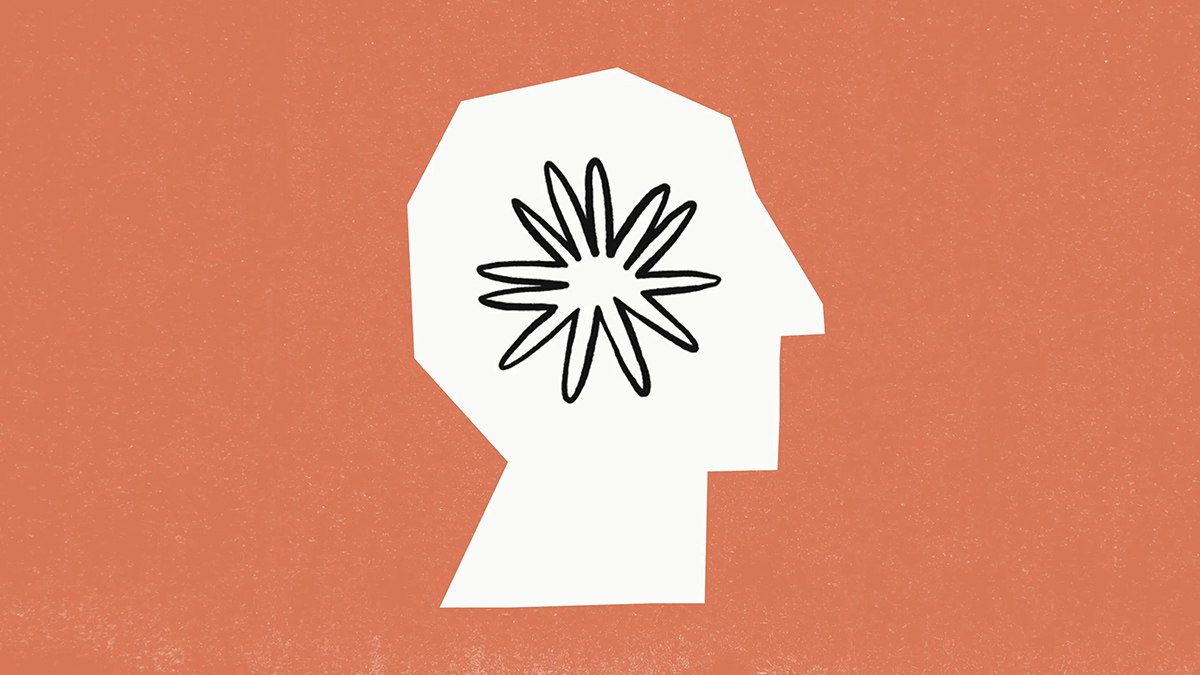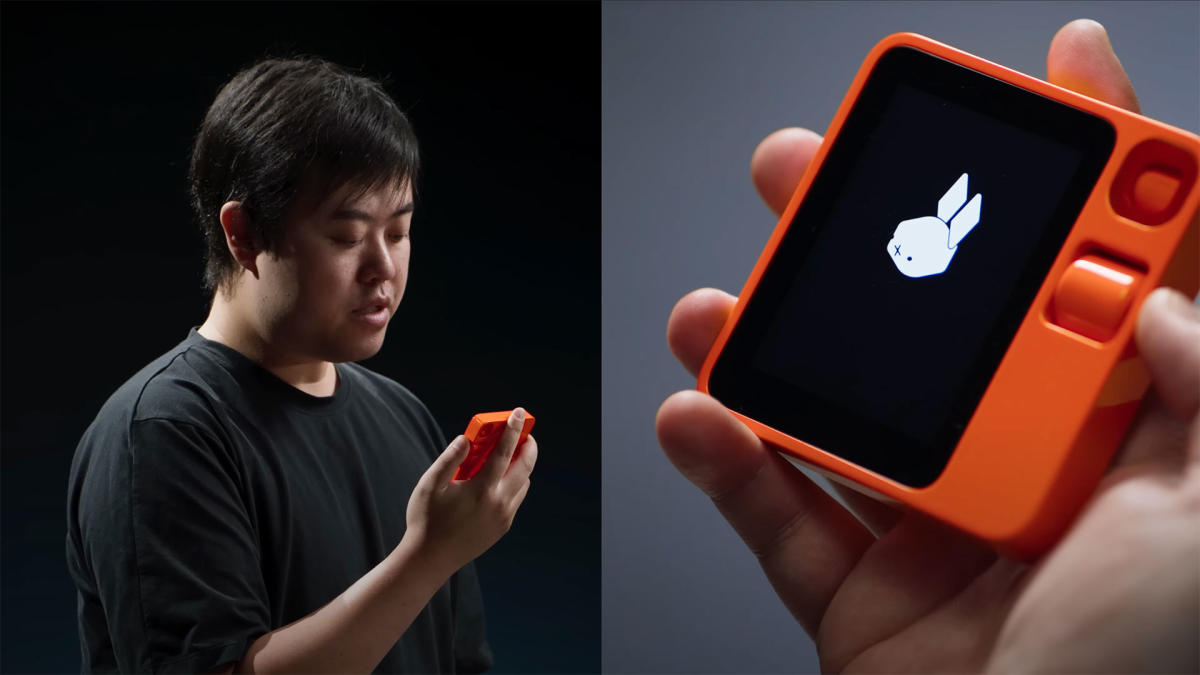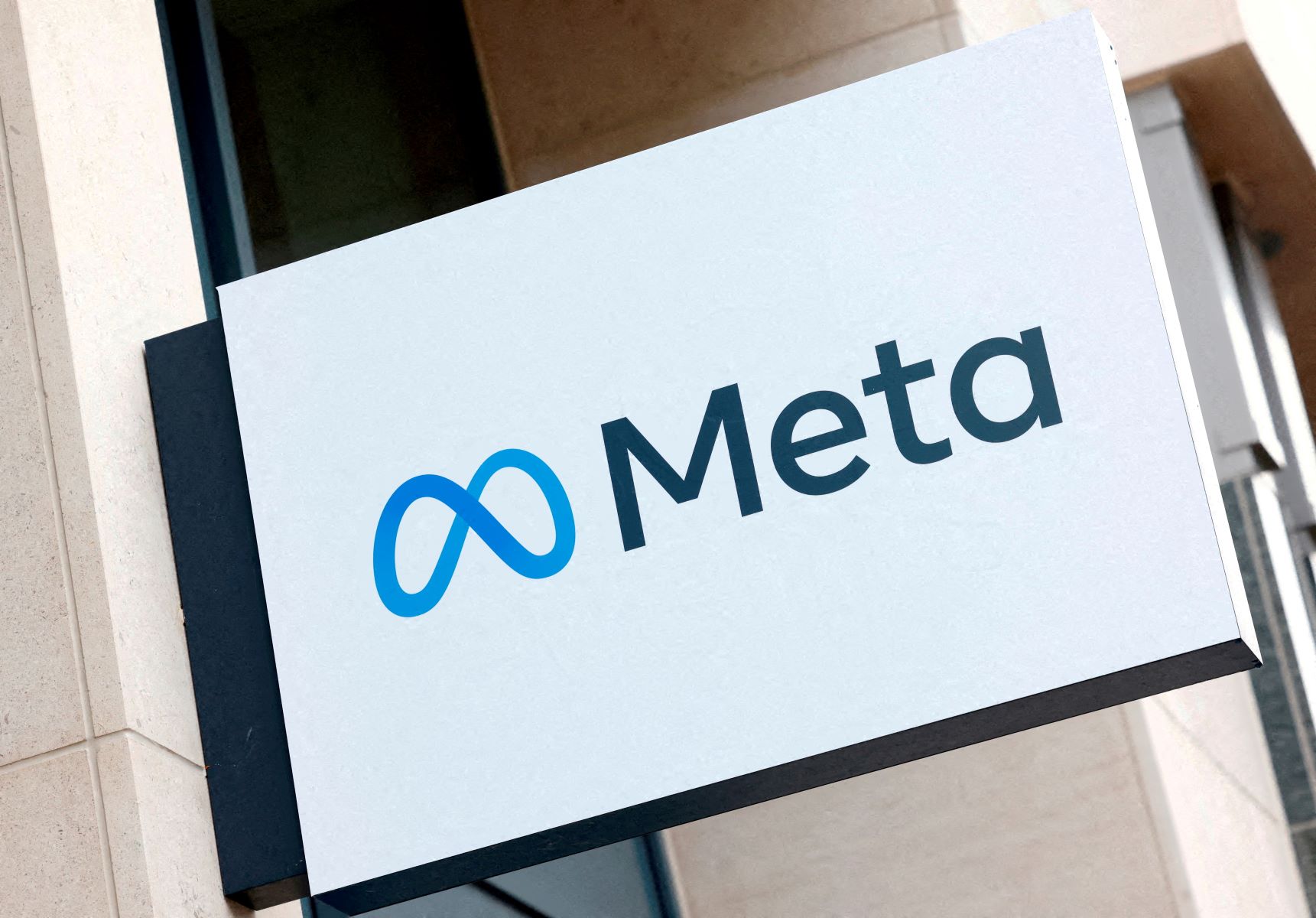Anthropic, a rising competitor in the field of large language models, is not wasting any time in capitalizing on the ongoing challenges faced by OpenAI. While OpenAI grapples with internal conflicts, Anthropic has just released Claude 2.1, an upgraded version of its flagship language model that not only keeps it on par with the renowned GPT series but also comes with a valuable advantage – being developed by a company that is not plagued by internal strife.
Key Takeaway
Anthropic’s Claude 2.1 release signifies a significant stride in the company’s ongoing competition with OpenAI. The enhancements in the context window, accuracy, and tool integration demonstrate Anthropic’s commitment to staying at the forefront of the industry. These iterative improvements will undoubtedly appeal to developers who regularly utilize Claude and highlight the importance of maintaining momentum and competitiveness in an industry that evolves rapidly. While Anthropic’s models may not always be on par with OpenAI’s, the current dynamics suggest that every lost day due to internal conflicts at OpenAI presents an opportunity for competitors to make unexpected progress.
Major Improvements in Claude 2.1
The latest update to Claude brings three significant improvements: context window, accuracy, and extensibility.
Enhanced Context Window
Anthropic has managed to surpass OpenAI in the context window department, which refers to the amount of data the model can comprehend at a given time. While OpenAI announced a 128,000-token window, Claude 2.1 now boasts an impressive capacity of 200,000 tokens. This means that the model can effectively handle extensive pieces of information such as entire codebases, financial statements like S-1s, or even lengthy literary works like The Iliad.
Increased Accuracy
Anthropic claims that Claude 2.1 exhibits improved accuracy, although quantifying this aspect can be challenging. The company conducted tests using a diverse set of complex, factual questions that target known weaknesses in existing models. The results indicate that Claude 2.1 provides fewer incorrect answers, shows reduced propensity for generating false information, and is better at recognizing situations where certainty cannot be guaranteed. In other words, the model is more likely to refrain from giving a potentially incorrect response. The practical usefulness of this improvement will ultimately depend on how users leverage the model.
Tool Integration
Claude 2.1 now possesses the ability to use tools, much like crows and bonobos exhibit problem-solving skills. However, unlike using sharp sticks, the model relies on agent functionality similar to emerging models designed to interact with web interfaces. For instance, if Claude 2.1 encounters a situation where using a calculator or accessing a specific API would yield better results than reasoning it out, it will employ those tools instead. This means that if someone seeks product advice regarding cars or laptops, the model can call upon a more specialized model or database to provide an informed recommendation or even conduct a web search if necessary.







